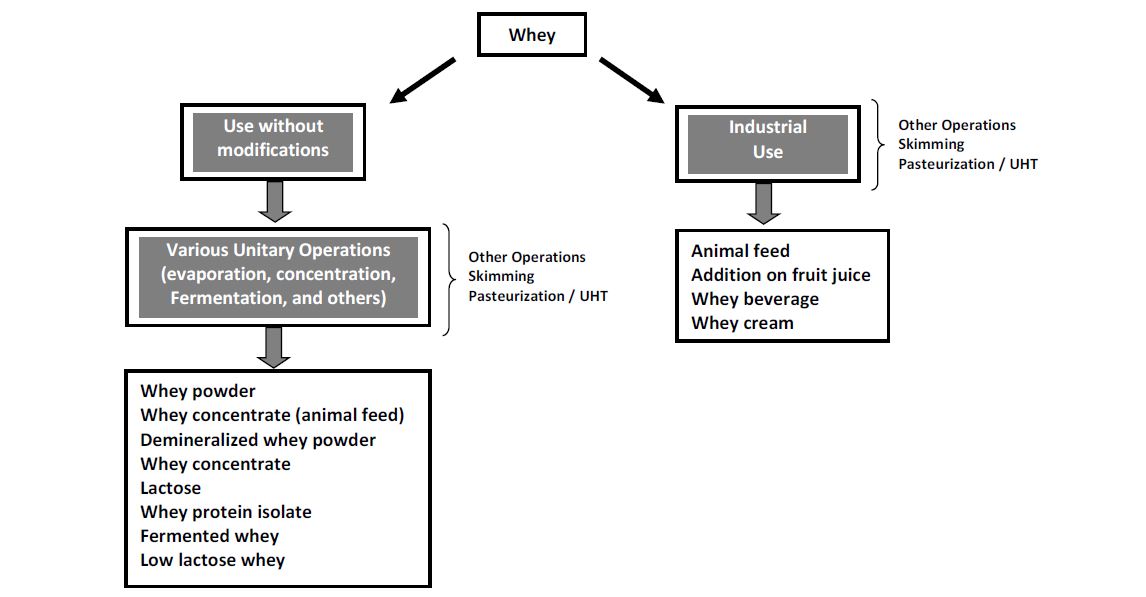Fermentation process and physicochemical treatment applied to dairy industry: an approach for waste management (production and use) and new perspectives in the transformation of these residues in value-added products
DOI:
https://doi.org/10.20873/jbb.uft.cemaf.v5n2.santosPalabras clave:
biotransformation, whey, dary industry, wastewaterResumen
Studies point out several initiatives to reduce the pollutant load from dairy industry, leading to enhanced sustainability, including reduced environmental impacts and cost savings. This review provides a summary of the recent strategies focused on physicochemical treatments and fermentation processes to produce value-added products from cheese whey, such as bioactive proteins, ribonucleotides, biodegradable plastics, biogas, hydrogen gas, organic acids, and ethanol. The environmental costs and production aspects of dairy waste will be also addressed. The polluting potential and the high environmental costs of the waste produced by the dairy industry may be mitigated by dairy waste management.

Descargas
Publicado
Cómo citar
Número
Sección
Licencia
Copyright (c) 2024 - Journal of Biotechnology and Biodiversity

Esta obra está bajo una Licencia Creative Commons Atribución 4.0 Internacional.
Los autores que publican en esta revista aceptan los siguientes términos:
Los autores mantienen los derechos autorales y conceden a la revista el derecho de primera publicación, con el trabajo simultáneamente licenciado bajo la LicenciaCreative Commons Attribution (CC BY 4.0 en el link http://creativecommons.org/licenses/by/4.0/) que permite compartir el trabajo con reconocimiento de la autoría y publicación inicial en esta revista.
Los autores tienen autorización para asumir contratos adicionales separadamente, para distribución no exclusiva de la versión del trabajo publicado en esta revista (ej.: publicar en repositorio institucional o como capítulo de libro), con reconocimiento de autoría y publicación inicial en esta revista.
A los autores se les permite, y son estimulados, a publicar y distribuir su trabajo online (ej.: en repositorios institucionales o en su página personal) en cualquier punto antes o durante el proceso editorial, ya que esto puede generar alteraciones productivas, bien como aumentar el impacto y la citación del trabajo publicado (disponible en El Efecto del Acceso Libre en el link http://opcit.eprints.org/oacitation-biblio.html).


